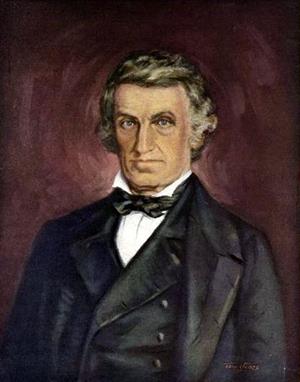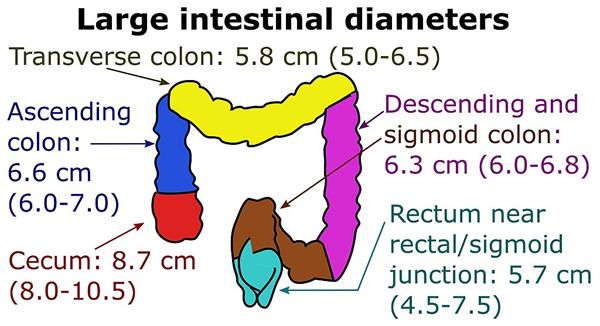
PUMPA - SMART LEARNING
எங்கள் ஆசிரியர்களுடன் 1-ஆன்-1 ஆலோசனை நேரத்தைப் பெறுங்கள். டாப்பர் ஆவதற்கு நாங்கள் பயிற்சி அளிப்போம்
Book Free DemoWilliam Beaumont?
William Beaumont, also known as the "Father of gastric physiology," was a physician. Based on his findings, he concluded that the stomach's heavy hydrochloric acid played a key role in digestion.

William Beaumont
Intestinal glands
These glands secrete an intestinal juice called succus entericus, which contains alkaline-active enzymes such as maltase, lactase, sucrase and lipase. These glands are found between the small intestine and the large intestine. The food in the duodenum is slowly transferred down to the ileum, where it is further digested and absorbed. Absorption and assimilation of food
Absorption is a process by which the nutrients obtained after digestion are absorbed by the villi and circulated throughout the body through blood and lymph, where they are distributed to all body cells according to their needs.
The absorption of ingested food materials as an internal and homogeneous component of tissue cells is known as assimilation. The final products of fat's digestion (fatty acids and glycerol) are converted back to fats, and the excess fats are stored in the adipose tissue. The excess sugars are converted to glycogen, a complex polysaccharide. Amino acids are used to make a variety of proteins that the body needs.
Large intestine
Compared to the small intestine the large intestine is a thicker tube about \(1.5\) m long. The food that hasn't been digested or consumed is transferred into the large intestine. The large intestine also absorbs certain important vitamins produced by the bacteria, which harbours the large intestine. This tube extends from the ileum to the anus and has the caecum, colon, and rectum.

Large intestine
Caecum:
The large intestine cecum is found as a small blind pouch-like organ. A finger-like structure called the vermiform appendix emerges from its blind end. In humans, it is a vestigial (non-functional) organ.
Colon:
It is a structure that is much larger than the ileum. It ascends the right side of the abdomen (ascending colon), crosses to the left just below the stomach (transverse colon), and descends the left side of the abdomen (descending colon).
Rectum:
It is the last portion of the body that leads to the anus. A ring of muscles known as the anal sphincter keeps it close and opens it during passing stools.
All the undigested and unassimilated part of the ingested food is excreted out of the body as faecal matter through the anal aperture. This is known as egestion or defaecation.
Reference:
https://upload.wikimedia.org/wikipedia/commons/c/c2/William_Beaumont_painting.jpg
https://upload.wikimedia.org/wikipedia/commons/thumb/b/b4/Diameters_of_the_large_intestine.jpg/512px-Diameters_of_the_large_intestine.jpg